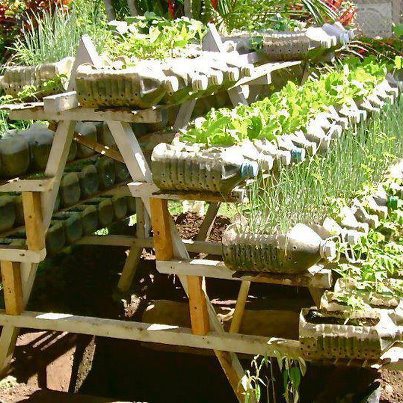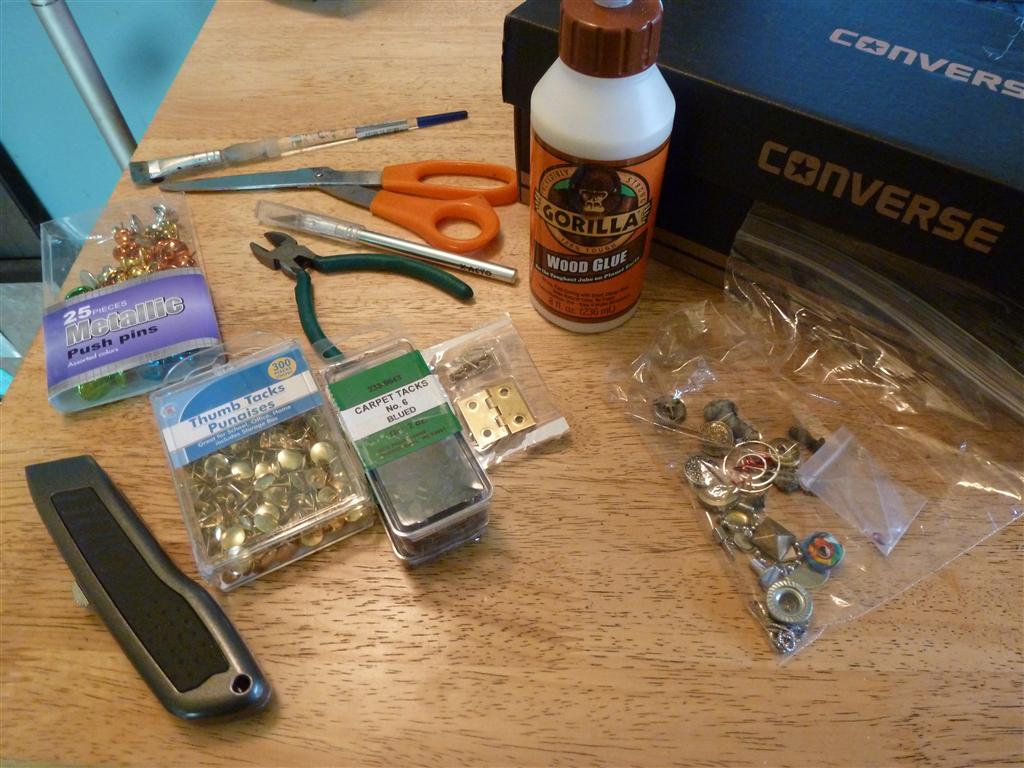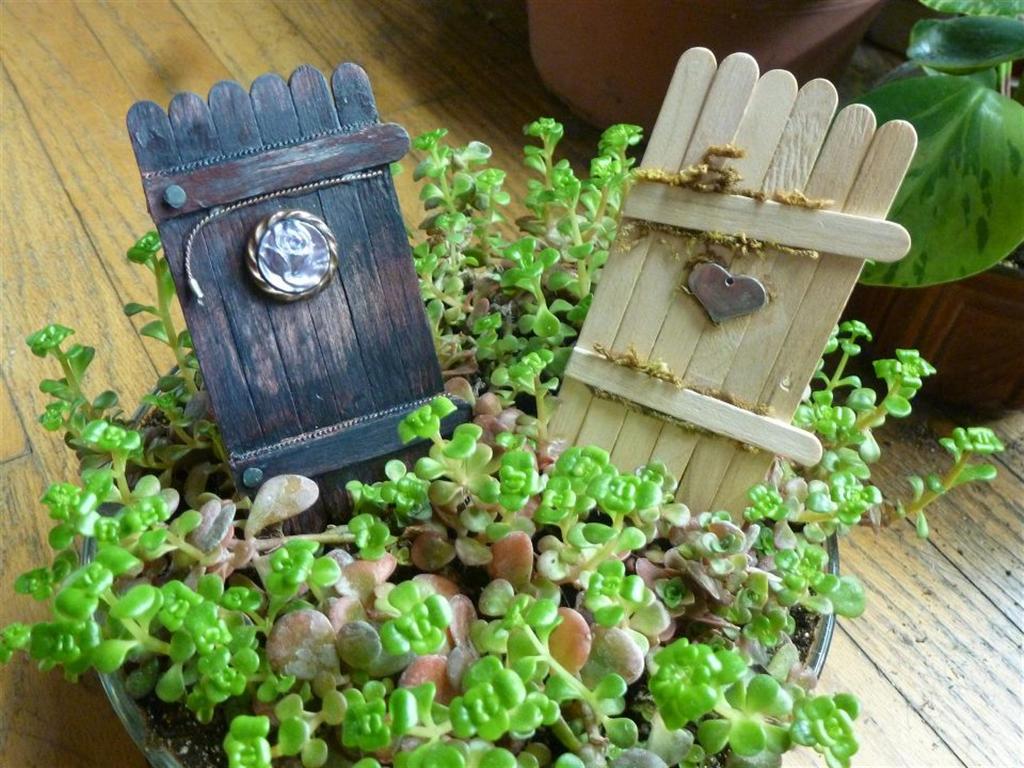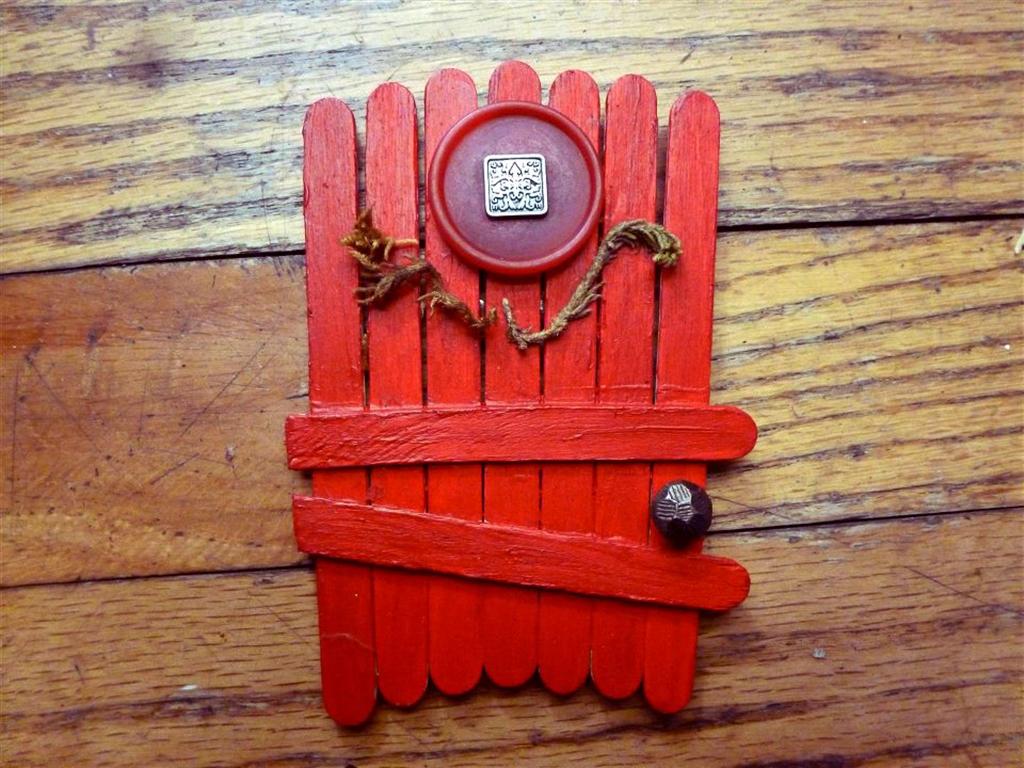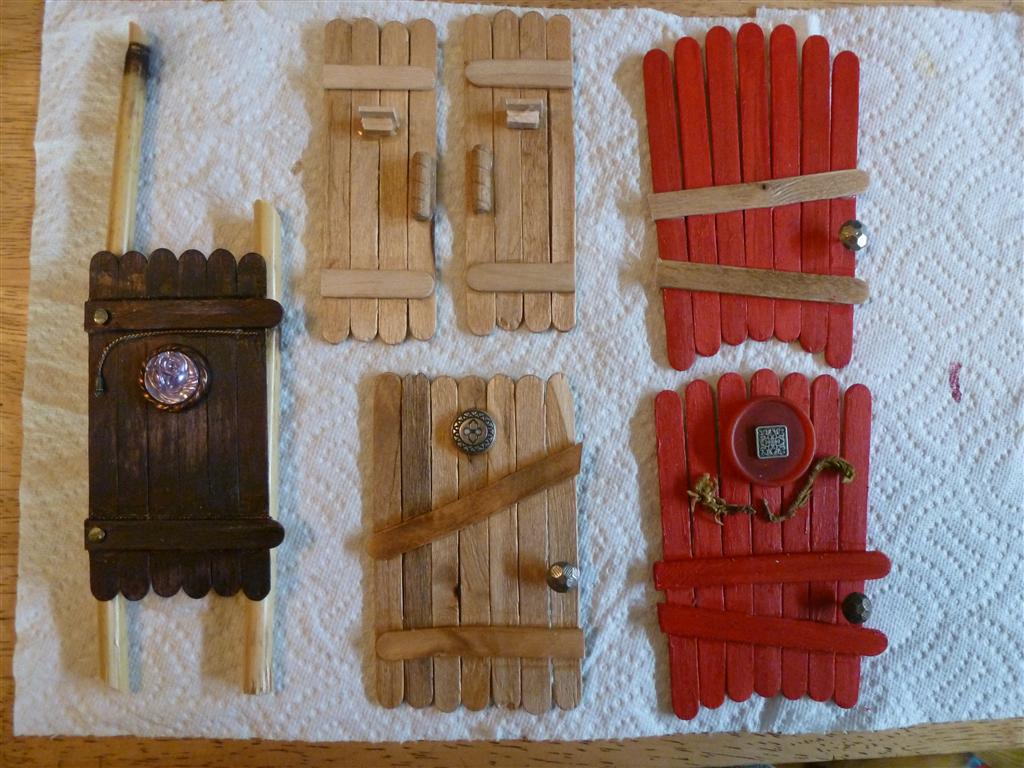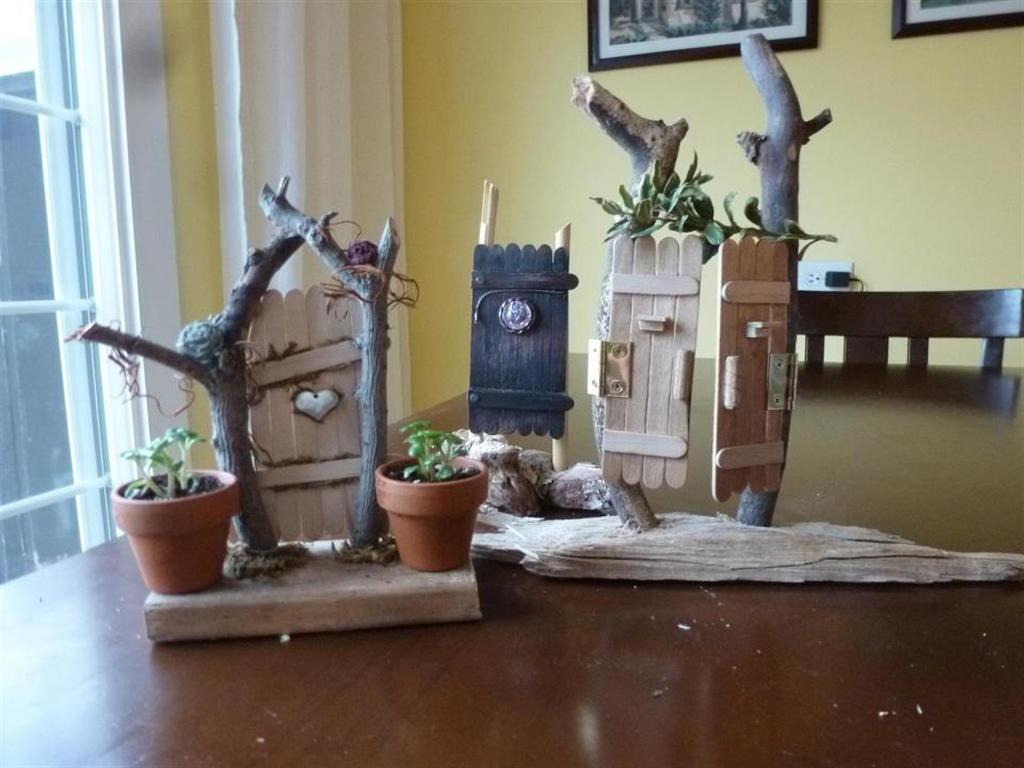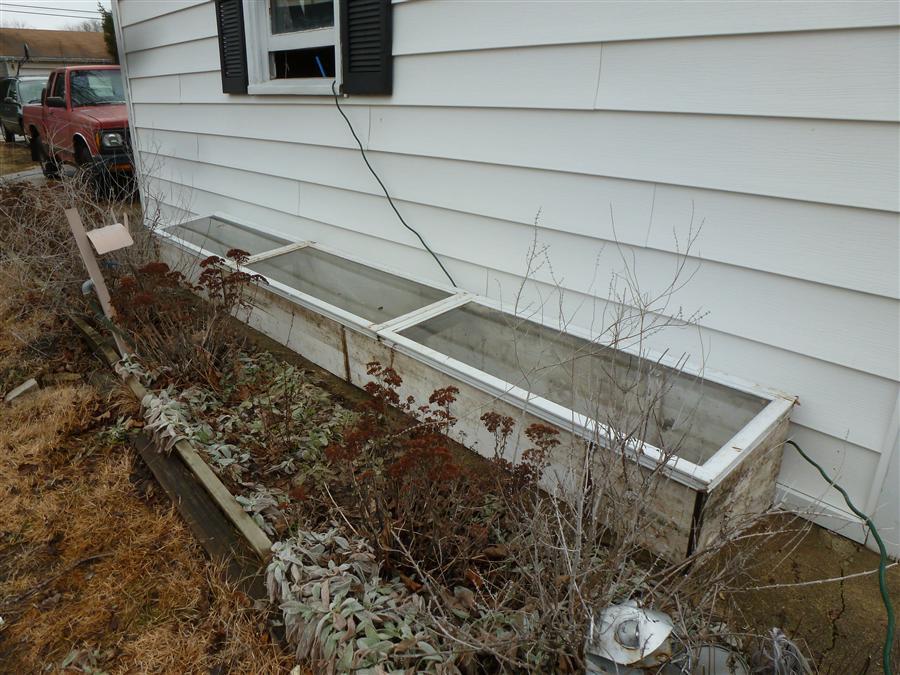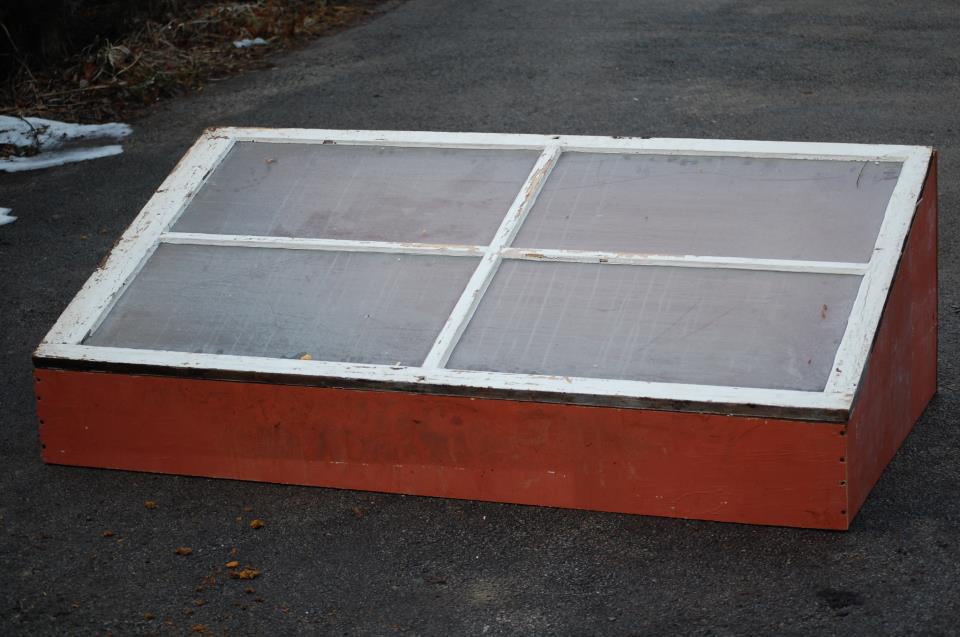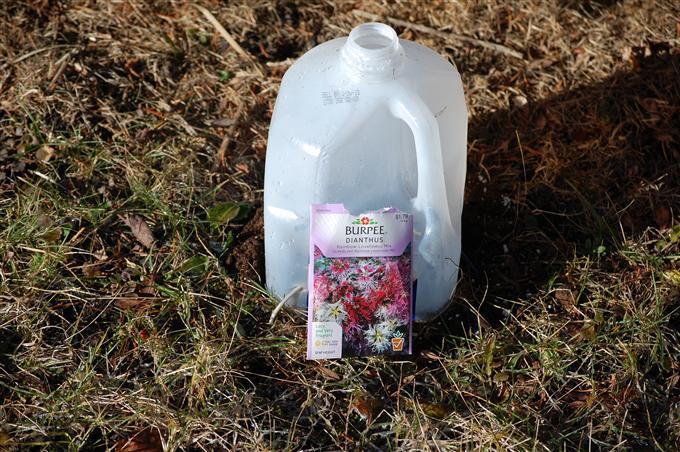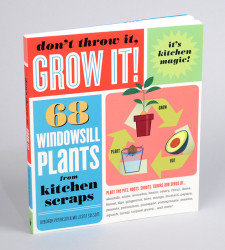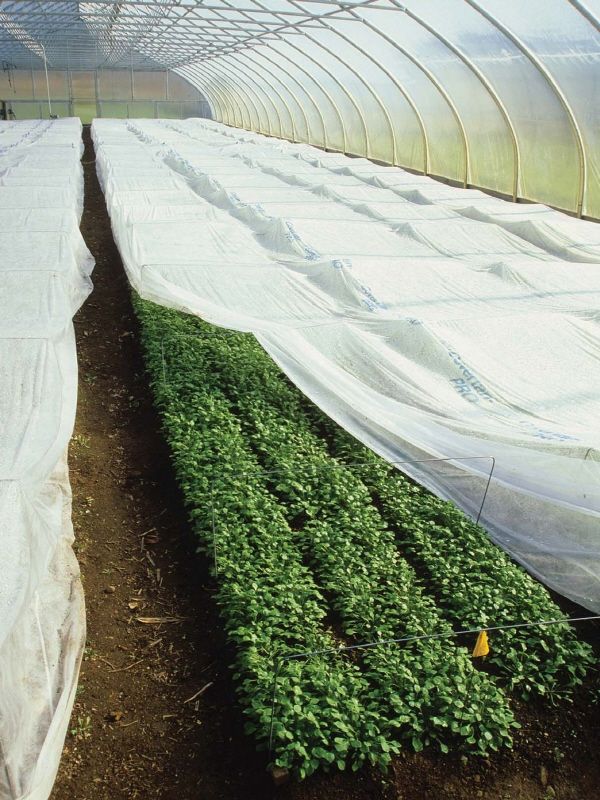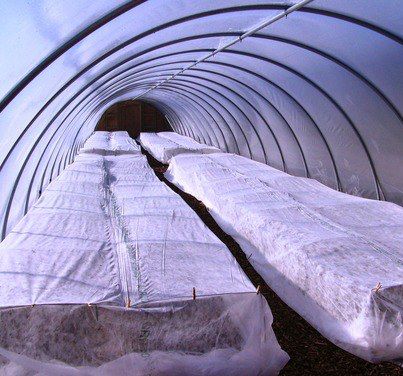Been researching how to make a terrarium. Its a fun, simple little project that can be around for years and it doesnt take long to make.
Terrariums are self sustaining environments that need only sunlight to survive. The plants emit water that gathers as condensation on the glass. As the water gains mass, it drips down the side of the glass, into the soil for the plant to use. An image shared with us on facebook showed a beautiful terrarium that had only been watered once – in 40 years!
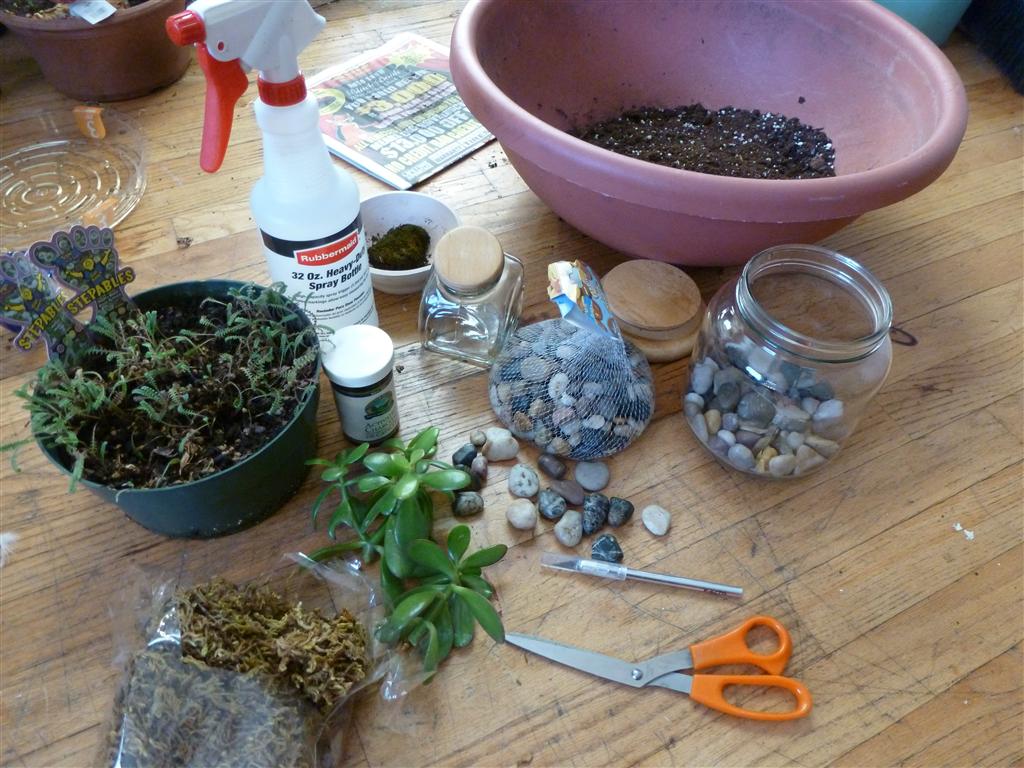
Terrariums are built in layers for drainage (rocks, floral moss, dirt). Carbon from charcoal helps purify the terrarium environment, reducing mold and fungus and keeping it from becoming smelly.
Gather your supplies. I have a jar from the resale shop (99cents) a bag of rocks and floral moss from the dollar store. Soil. and Terrarium plants. Here, I took some cuttings from our Jade. There are no roots yet, but if all goes well, they’ll root quickly. I also have a little steppables ‘Brass Buttons’ fern.
How To Make a Terrarium
Lets start layering. I started with the dollar store rocks…
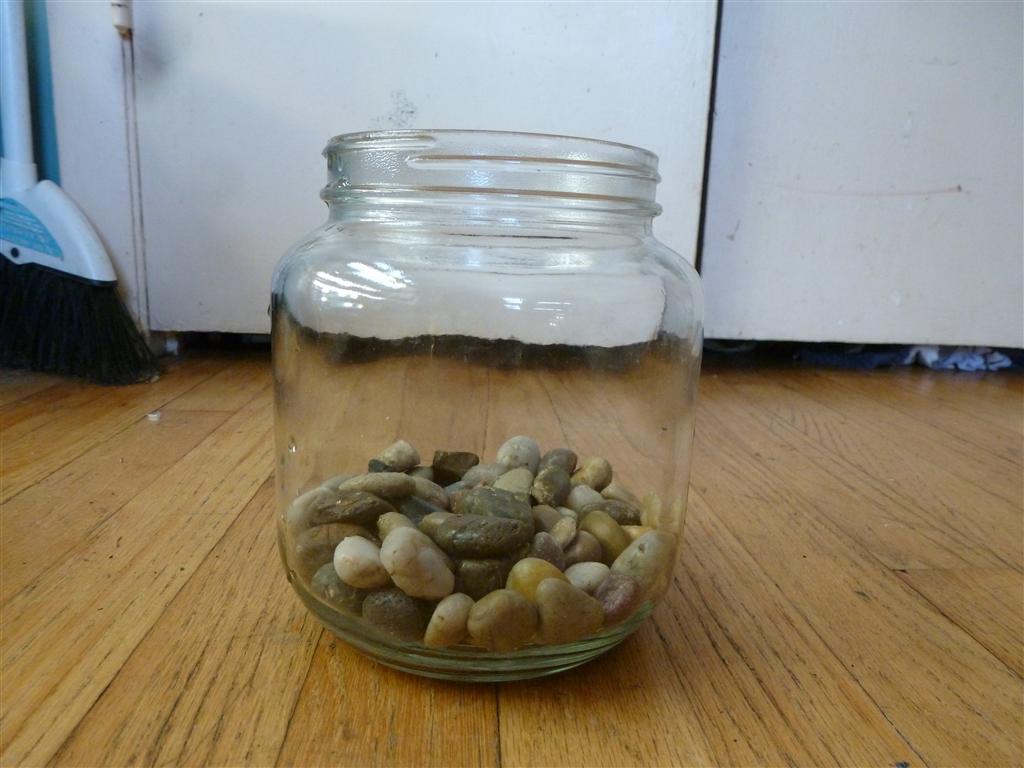
I didnt have terrarium charcoal. I read that it consists of activated charcoal, and I DID have that in capsules, so I cut a few open and sprinkled it in. We’ll find out if it works.
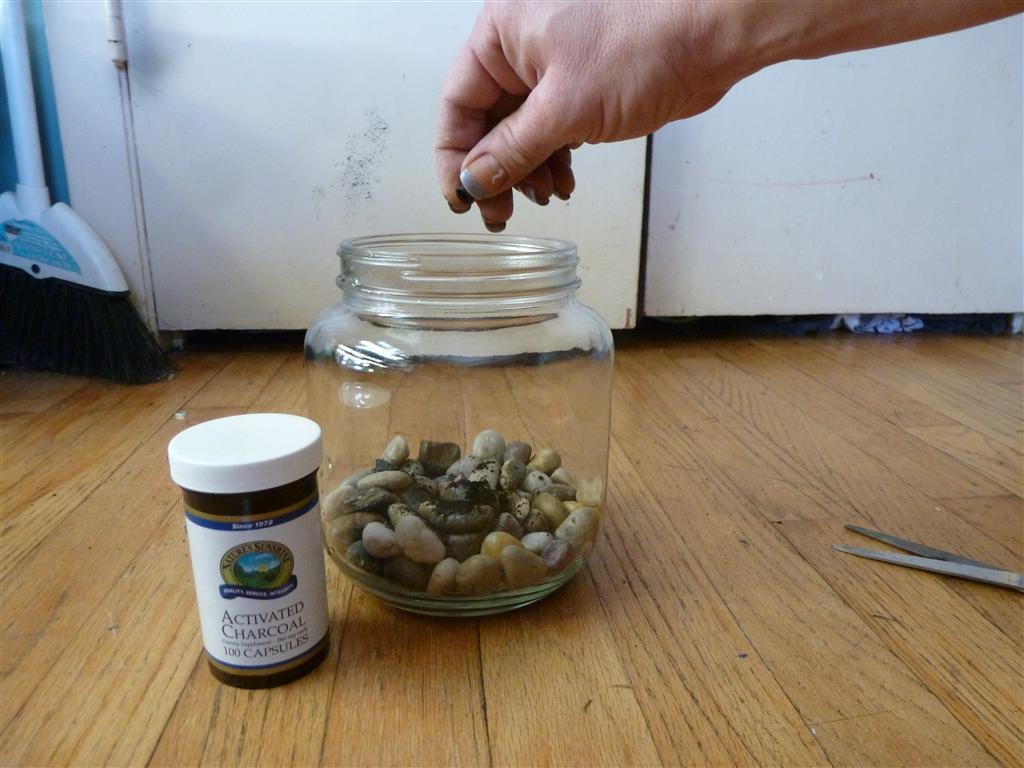
Next, I thought a layer of moss would look nice, and floral moss did the trick. I learned that its easier to construct your terrarium if everything was good and wet, so nothing falls through the cracks

Looking pretty cool, and I noticed a little fog around the rocks. Its already beginning condensation.
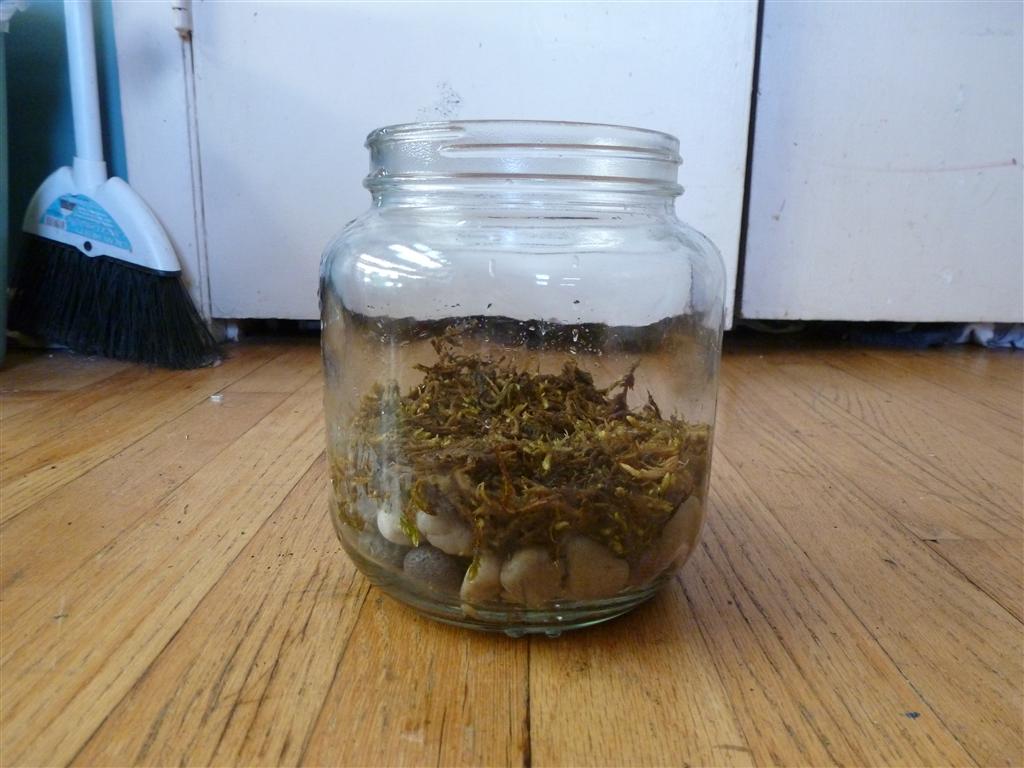
Wet the soil so its easier to add this last layer before the plants go in.
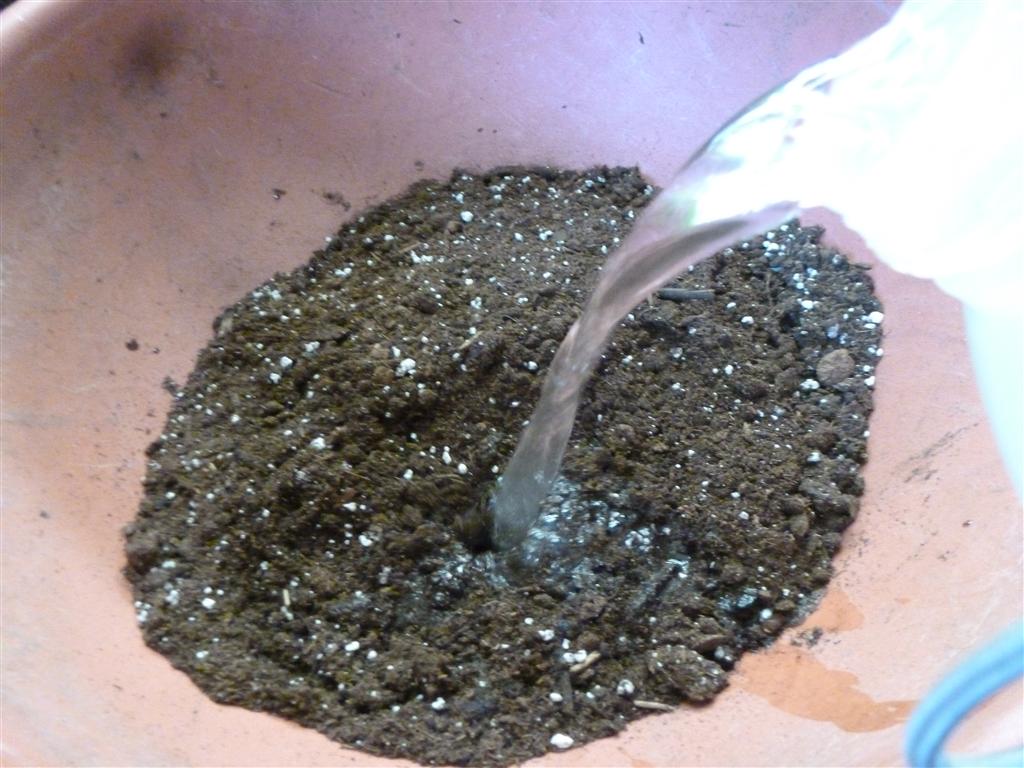
Two jade cuttings, a little clump of brass buttons (Leptinella squalida New Zealand Brass Buttons) and some more rocks for visual appeal. awesome.
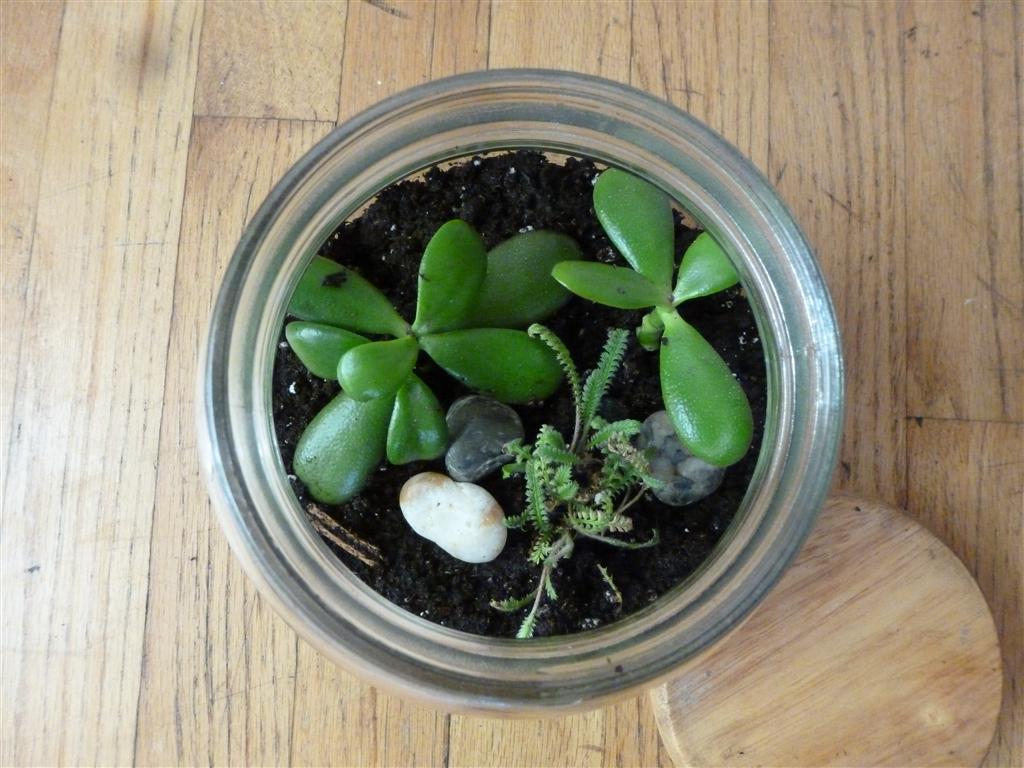
Heres the finished product, looking totally cool. Now to watch it grow.
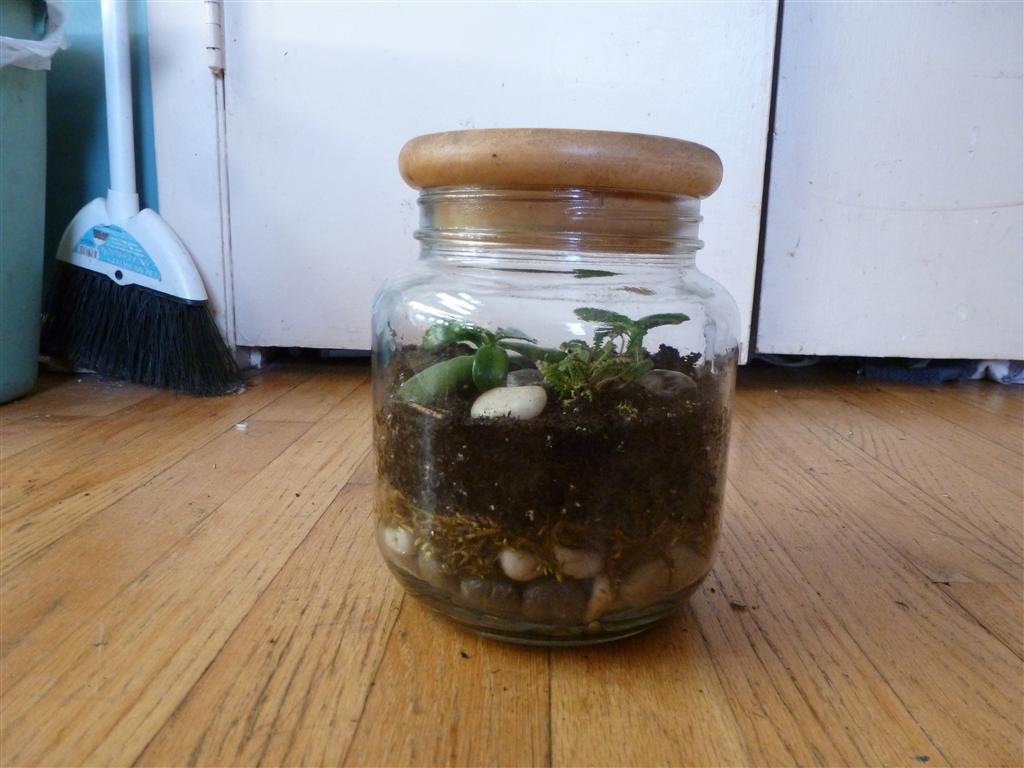
So where do I put my terrarium after its finished? How much sun does this thing need? Of course depends on your plants, but its good to keep it out of direct sunlight. If you have a closed terrarium, it could bake your plants – it gets hot in there! If the plants are brown and wilting, its probably not getting enough light. If the plants are growing tall and leggy, its ‘reaching’ because it wants more light.
How to Make a Terrarium
